Reproductive Rights or Reproductive Wrongs?
Framing Eugenics and Population Control as Social Progress and all Things Global Health
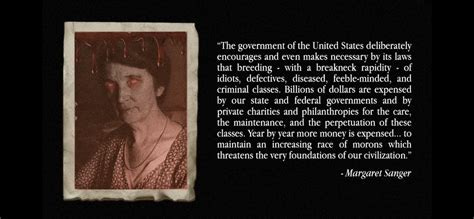
Before Margaret Sanger made eugenics and population control her personal crusade under the guise of birth control advocacy, women turned to dangerous and bizarre methods to avoid pregnancy. Back in the day, women were risking their lives with absurd contraceptive practices so they didn’t have to live life like Michelle Duggar on 19 Kids and Counting.

Ancient Chinese women ingested mercury, leading to organ failure and death, while Romans and Greeks relied on lead-based potions that resulted in infertility and severe health complications. Egyptians used a mixture of crocodile dung and honey as a spermicide, and medieval Europeans depended on animal bladders as primitive condoms.
As the 20th century rolled in, these methods didn’t improve much. Women were advised to douche with Lysol—yes, the household cleaning product—under the misguided belief it would prevent pregnancy. This advice resulted in chemical burns and infections, underscoring the desperate lengths women would go to in order to avoid conception.
Such bizarre and dangerous methods highlight the troubling history of reproductive health prior to the advent of safer, more effective options.
Sanger's push for birth control in the 1910s and 1920s is often framed as a progressive step for women’s rights, but her legacy is deeply problematic. In 1921, she founded the American Birth Control League, which later became the Planned Parenthood Federation of America. Also in the 1910s and 1920s, John D. Rockefeller, Jr. established and significantly funded the Bureau of Social Hygiene, which focused on initiatives such as family planning, sex education, and sexual health. Additionally, he provided financial backing, albeit anonymously, to Margaret Sanger’s American Birth Control League to promote contraceptive research.

Sanger's advocacy for birth control was heavily intertwined with her belief in eugenics, as she promoted controlling the reproduction of those she deemed "unfit."
This included advocating for the sterilization of individuals with disabilities, the poor, and various racial and ethnic groups. Her involvement with these ideologies raises significant ethical concerns about her true motivations, as her agenda contributed to systemic racism and classism in reproductive health policies.
The trials had backing from prestigious institutions such as Harvard University and Johns Hopkins University, whose medical professionals oversaw the experiments. Financial support also came from the Rockefeller Foundation, which had long been involved in global population control initiatives.
These trials targeted poor, uneducated women in Puerto Rico, many of whom were not properly informed about the risks or side effects, which included severe symptoms such as blood clots and nausea. Despite these concerns, the trials continued, with little regard for the participants' health, driven by the goal of reducing population growth in impoverished regions.
In the United States, this coercive approach to reproductive control extended beyond birth control trials. State governments, under the guidance of eugenics movements supported by institutions like The Human Betterment Foundation and universities such as Stanford and University of Virginia, enacted forced sterilization policies targeting those deemed "unfit," including individuals with intellectual disabilities and minority communities.
These sterilizations were carried out without proper consent and were legally sanctioned by the 1927 Buck v. Bell Supreme Court decision, which upheld the constitutionality of such practices. Between the 1920s and 1970s, tens of thousands of people in the U.S. were sterilized under these eugenics laws, reflecting a broader agenda of population control that paralleled the trials in Puerto Rico.
Together, these experiments and policies remain a dark chapter in reproductive health, where marginalized populations—often poor, minority, and vulnerable individuals—were subjected to the whims of global health and eugenics-driven agendas. The question looms: did these ideologies of eugenics and population control ever truly fade into the past?
While the rhetoric shifted over the decades to frame these initiatives as "family planning" and "women's empowerment," the underlying motives often remained unchanged.
This evolution illustrates how population control has continued to permeate public health narratives, even as the language has adapted to avoid the stigma associated with overt eugenic policies.
The emergence of the International Fertility Research Program (IFRP) at the University of North Carolina at Chapel Hill in 1971, later rebranded as Family Health International in 1982 and now known as FHI 360, exemplifies the continuity of eugenics and population control ideologies within “global health” initiatives.
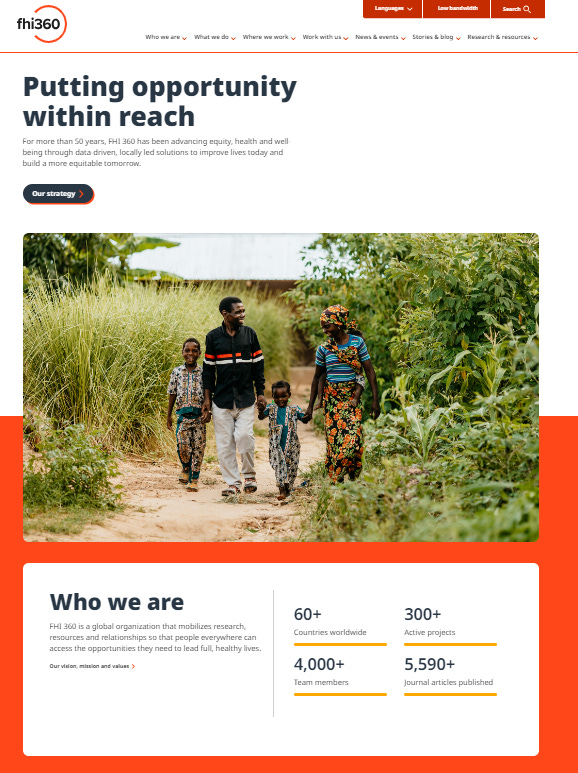
Despite its innocuous name, the organization was founded with strong ties to influential entities, including Planned Parenthood and government bodies such as the United States Agency for International Development (USAID). The IFRP was established to advance reproductive health initiatives through the development and testing of “contraceptive” technologies, particularly in developing countries.

These partnerships enabled the execution of clinical trials that often targeted vulnerable populations in regions where informed consent and ethical oversight were minimal.
Historically, prominent figures in the early 20th century, such as Helen Keller and Theodore Roosevelt, advocated for eugenics, intertwining their ideologies with broader social reform movements. Keller, despite her own disabilities, supported eugenic policies aimed at limiting reproduction among those she deemed unfit. Roosevelt emphasized the perceived need to strengthen the population by encouraging births among those considered "fit."
Margaret Sanger, known for her role in advocating birth control, pushed for policies targeting those labeled "undesirable."
As social acceptance of explicit eugenics waned by the mid-20th century, the conversation shifted to more subtle approaches focused on population control, particularly in nations seen as vulnerable or unstable.
USAID, founded in 1961 as part of President John F. Kennedy's broader foreign aid strategy, was heavily influenced by the principles of the Marshall Plan.
This post-World War II initiative aimed at economic recovery in Europe laid the groundwork for international development frameworks that sought stability in regions of strategic interest to the U.S. Figures like Robert McNamara, who later led the World Bank, played pivotal roles in shaping these policies.
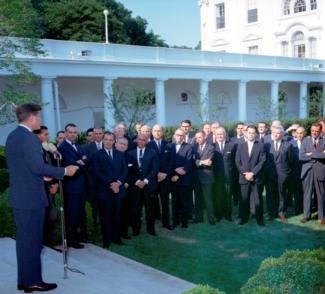
McNamara and other Western leaders advocated for aggressive population control measures, framing them as essential for global stability and development.
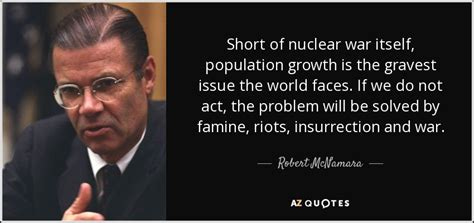
However, many of these initiatives disproportionately targeted poorer populations, who often lacked access to informed consent and alternative reproductive health options.
Throughout his tenure at the Bank, McNamara struggled to gain a clear understanding of the problems the developing countries were facing. He traveled extensively, and consulted with a wide group of development thinkers. He insisted on spending time in the field, visiting schools and population clinics, talking to farmers and extension workers. And he pushed the Bank to be more inquisitive about development issues. The Bank's economic research capacity expanded under the leadership of Hollis Chenery. The collection and processing of data became an important institutional response to the quest for better understanding and more effective solutions.
From the beginning, McNamara tried to grasp the causes of economic underdevelopment. He knew that economic development was a multifaceted, multidimensional process, yet was always looking for some single key to the problem. This constant search for answers was reflected in the sequence of dominant themes in the work of the Bank during the McNamara period.
One issue that came to characterize the McNamara presidency was the problem of population growth. McNamara believed that rapid population growth was the greatest barrier to economic progress. The Bank's first financing for family planning was in 1970 in Jamaica.
The IFRP's work focused on six key areas of fertility control: Pregnancy Termination, Menstrual Regulation, Female Sterilization, Intrauterine Devices (IUDs), Male Sterilization, and Systemic Contraceptives. It received funding and support from several major organizations, including USAID, the Population Council, the Ford Foundation, and the World Bank.
By the 1960s, the Ford Foundation was heavily invested in population work. Foundation program officers described their approach in a 1968 article in the journal Demography:
We in the Foundation believe that the quality of life is threatened by excessive rates of population growth–that the problem of balancing the human population against an environment capable of supporting it with a rising standard of life is one of the great challenges to mankind. We believe, therefore, that a foundation concerned with human welfare must give high priority to helping nations reduce their fertility.”
“An Overview of Ford Foundation Strategy for Population Work,” 1968
Contracts with these entities facilitated research on various contraceptive methods, often in developing regions with little regulatory oversight. While these programs claimed to empower women and promote health, critics argue they were rooted in a population control ideology targeting marginalized groups.
Overall, while the explicit public eugenic rhetoric of the early 1900s faded, the core philosophy of controlling population growth—particularly among those deemed "less desirable"—persisted.
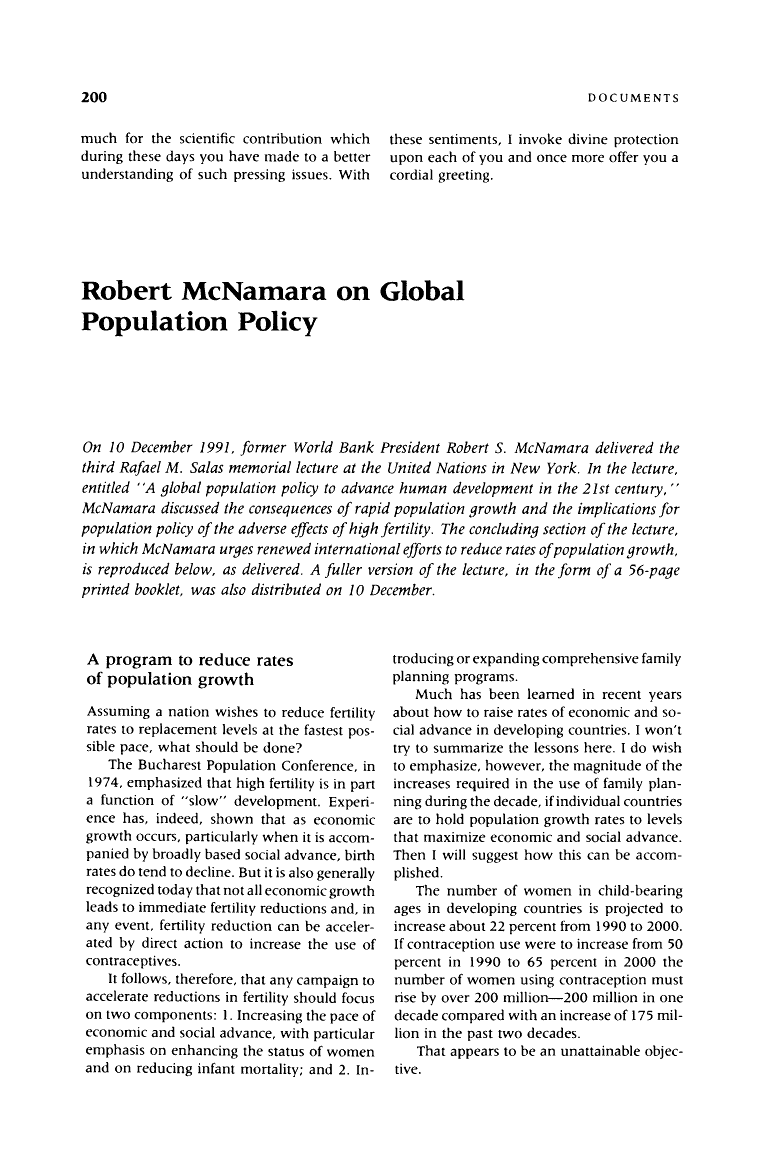
This shift, often rebranded as "family planning" and "development aid," reflects a complicated legacy that continues to shape perceptions of institutions like FHI 360 today. The legacy of the IFRP and its later iterations and stakeholders reveals how deeply entrenched eugenic philosophies remain within global health strategies, highlighting ongoing debates about the ethical implications of reproductive health initiatives in “vulnerable” aka poor populations. How much money do these people or organizations think people need to be deemed worthy of life or existence? Most of the people who have acquired vast amounts of wealth and power have done so under questionable methods, but look away 99%, look away!
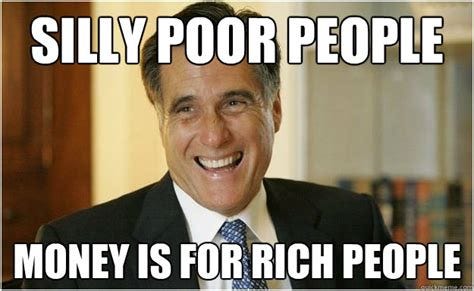
The pattern of powerful institutions (aka people who hoard all the wealth and power) being involved in so-called "global health" projects—often in the same regions they previously targeted for population control—raises serious questions. Groups like USAID, the World Bank, and various pharmaceutical foundations have long been associated with questionable motives. In the past, these same organizations advocated for controlling the growth of populations they deemed "undesirable," whether through forced sterilization or underhanded contraceptive trials. Yet now, they’re front and center in "health initiatives" like the Mectizan program for malaria, USAID's OEPA project for onchocerciasis, and the HIV/AIDS response, where UNC Chapel Hill played a major role.
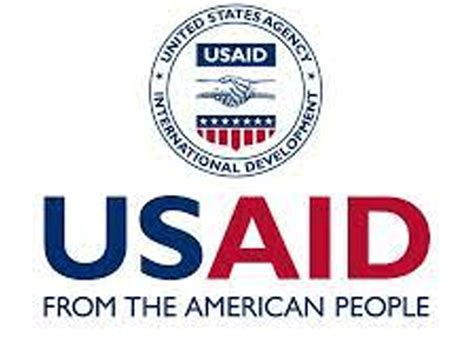
It’s strange how these supposed health crises—based on germ theory, a model that was debunked decades ago—are always popping up in areas where these organizations are most active. The very institutions that once sought to suppress and sterilize these populations are now supposedly trying to save them. Is it really just coincidental that those pushing vaccines and medicines, which many argue are dangerous and ineffective, are also the ones with a long history of controlling populations?

Take the global HIV/AIDS response, for example. UNC Chapel Hill has been a key player in this field, supported by the same institutions that once supported mass sterilization and birth control campaigns in impoverished areas. These initiatives, presented as benevolent, are backed by the same foundations that have long viewed certain populations as burdensome.
And let's not forget the Gates family—Bill Gates Sr. was heavily involved in Planned Parenthood, an organization historically tied to eugenics, and now his son is leading the charge on global vaccine initiatives through the Bill & Melinda Gates Foundation and GAVI/CEPI.
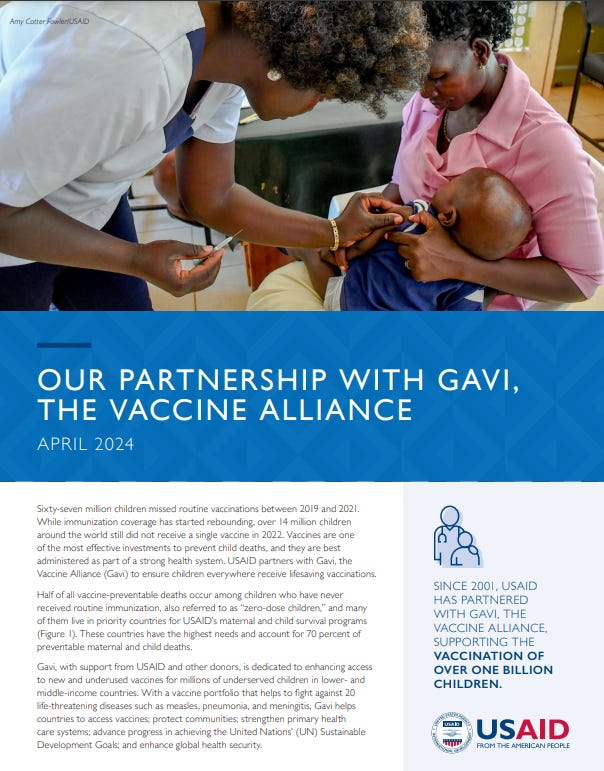
This foundation has been at the forefront of vaccine research, pushing the idea that vaccines are the answer to “global health issues”, including during the COVID-19 pandemic (when this virus has never truly been isolated or shown to have ever cause infection).
The emergence of vaccines, especially in the context of global health campaigns, follows a similar pattern. Vaccines have been promoted heavily by the same entities with vested interests in pharmaceutical companies, including those like the Gates Foundation, which continues to shape global health policies. These organizations not only promote vaccines but also control scholarly journals, regulatory agencies, and public policy, making any critique or questioning of their motives nearly impossible. Their deep financial entanglements and influence over government bodies allow them to silence opposition while pushing their products as the only acceptable "scientific" solutions.
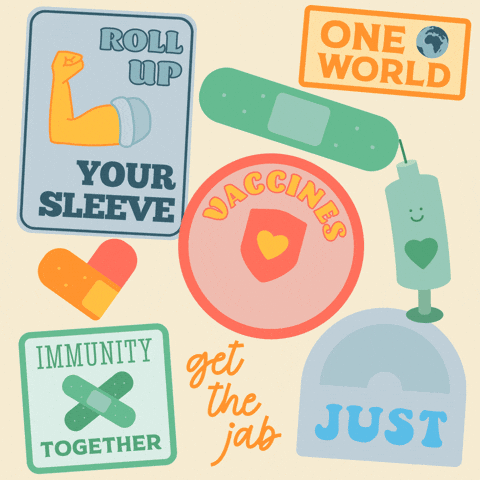
Recent initiatives, such as the Meeting Targets and Maintaining Epidemic Control (EpiC) program funded by the U.S. President’s Emergency Plan for AIDS Relief (PEPFAR) and USAID, further demonstrate the manipulation of vulnerable populations under the guise of public health. EpiC has been focused on addressing both the HIV and COVID-19 pandemics, but the tactics used during the COVID-19 vaccine rollout—fear, intimidation, and in some cases, actual force—are reminiscent of previous population control efforts.
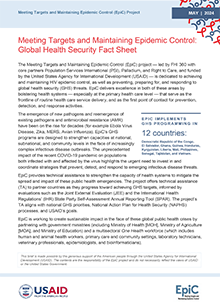
Many foster children, disabled individuals, and those living in marginalized communities were coerced into receiving these vaccines, often without proper informed consent. This mirrors the coercion and lack of ethical oversight seen in past family planning programs. And the world has yet to see the impact these vaccines will have on the world and the vulnerable populations who were forced or not truly given informed consent to take these injections much like what was done during forced sterilization programs on these populations.
Not much seems to have changed with these actors—only their methods. They have shifted from openly discussing sterilization and population control to packaging their agenda in the form of "global health" and "pandemic response." Programs like EpiC and initiatives carried out by organizations with roots in eugenic ideologies continue to enforce these policies, ensuring the mass adoption of vaccines and medications that could potentially cause harm, much like the early contraceptive trials, without giving people a real choice.
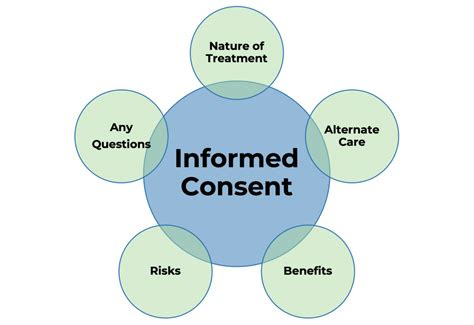
Vaccines, like many medications pushed by these organizations, have faced criticism for causing adverse effects, yet those at the forefront of these campaigns—often the same individuals and entities involved in eugenics and population control—remain protected by their power and influence over governments and regulatory bodies. These pandemics, such as HIV/AIDS and COVID-19, seem less like natural disasters and more like orchestrated opportunities to further these long-standing agendas under the guise of health and safety. What really is HIV/AIDS/malaria, etc…? Is it really just chemical cocktails being unleashed on the undesirables in various forms? Sure seems like it!
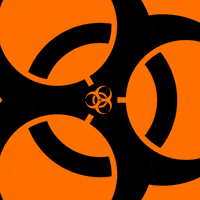
Bill Gates Sr.'s involvement with Planned Parenthood and his son’s continuation of this work through the Gates Foundation is another clear example of the persistence of these eugenicist ideologies, now wrapped in a more socially acceptable form of "public health."
Rather than being a thing of the past, this control over who is deemed fit to live or procreate has simply taken on a different form. The ongoing manipulation of populations through fear-based tactics, intimidation, and the enforcement of harmful medical interventions suggests that the legacy of eugenics is very much alive today.
The real question remains: why should we trust these organizations, given their track record of population control and coercive methods? The public needs to wake up and challenge this continued manipulation rather than being complicit in the globalist agenda, which, under the guise of health, may be causing far more harm than good. These pandemics, crises, and supposed "solutions" are just the latest strategies to maintain control over the masses—especially those deemed undesirable by these ruling class.












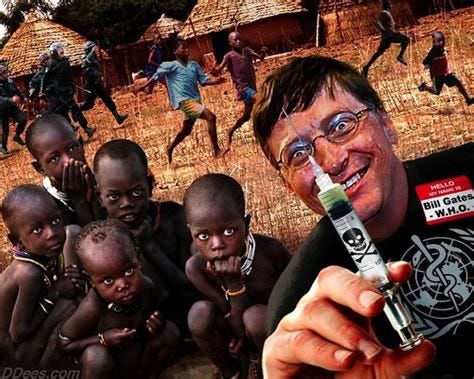
I hope this stack is widely-read. As I read through it I found so many of the names of the evil orgs. that I have been reading the last 2 or 3 years in articles exposing the Plan-demic of Covid, Like: Johns-Hopkins, Chapel Hill NC, etc. I subscribed to a number of excellent researchers during the Plan-demic who have educated me regarding the long history of Eugenics and humanity has been kept ignorant of that history for far too long. The good old USA has been, along with Great Britain, pushing Eugenics for many generations. Hitler/Germany were not the originators of their evil. They took their cues from the main Eugeniciists in England and America. WAKE UP, PEOPLE. Bill Gates, his father before him, most of the big shots for generations have been part of it. The Bush crime family had the same views. People get rich and powerful, not by good deeds but by evil-doing. Just dig hard enough on them and the evil will turn up.
No virus of any kind has been proven to exist. And beyond THAT... Contagion has never been proven, either. There Rockefeller lies, taught as "truth" in His schools, publishing, and media for fear factor - profit in selling His petro-"medicines" and jabs, and control, built the foundation of the plannedemic.
And planned it was - decades, if not a century and more.
And the thing that allows all this? The tool They have? Money. And money's foundational function is to account for the energy We each add into a system.
Accounting For the Energy We Add (article): https://amaterasusolar.substack.com/p/accounting-for-the-energy-we-add